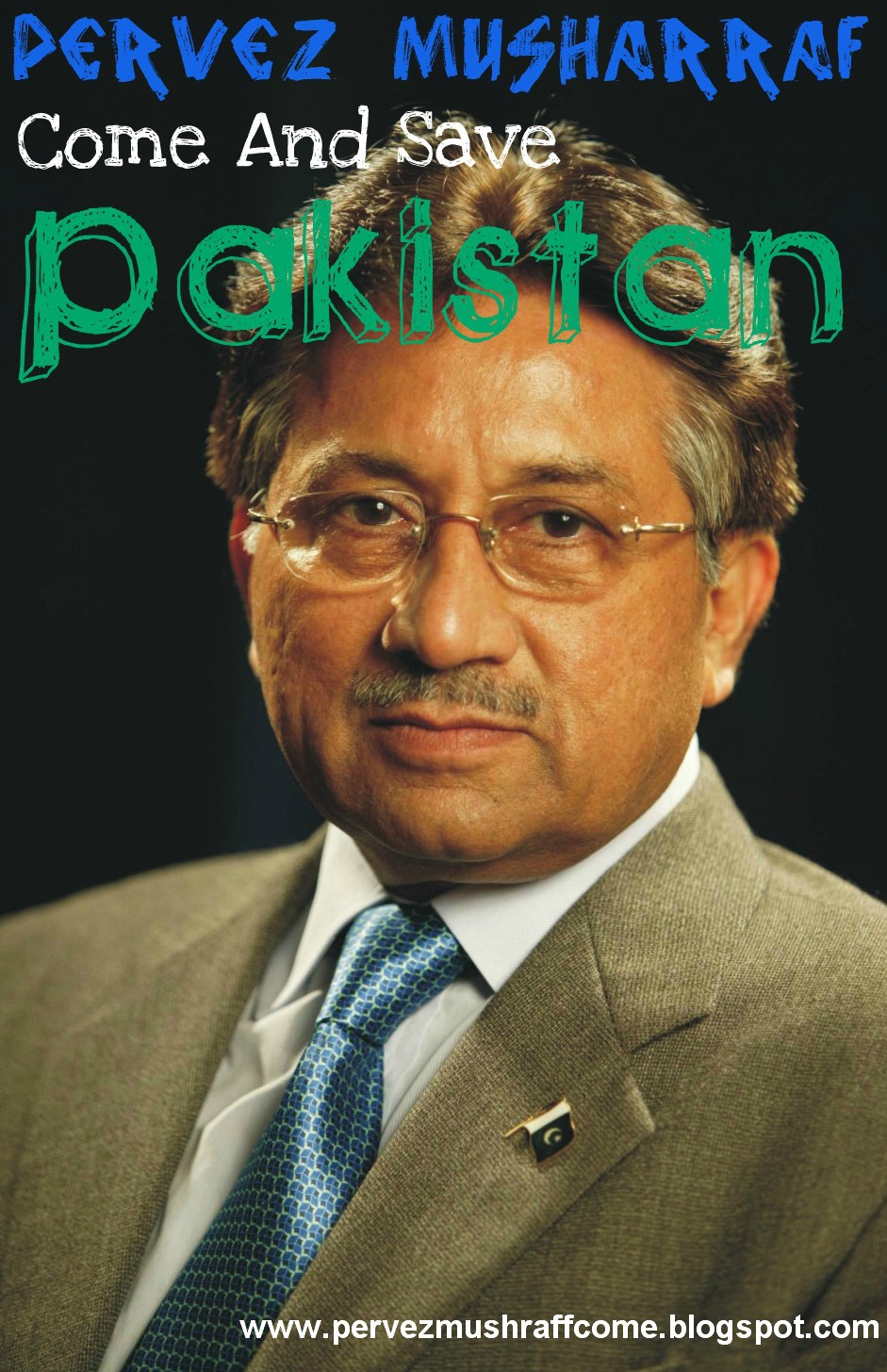
Afiery debate erupted last week, on the official poverty estimates made during the previous regime of Pervez Musharraf. Dr Nadeemul Haq, Deputy Chairman of the Planning Commission has faced a verbal attack from a concerned former official of the Musharraf government, for expressing scepticism at the latter’s poverty estimates. Even though there was more heat than light in the verbal war, Dr Haq has been “summoned” by a Parliamentary Committee, according to newspaper reports. Under these circumstances, perhaps a reasoned examination of the poverty estimates of the Musharraf government, however brief, may be helpful.
The official estimates claim a decline in the poverty incidence from 34.5 per cent in 2000-01 to 22.7 per cent in 2004-05. This reduction of 11.8 percentage points would suggest that almost one-third of poverty in Pakistan was eliminated within a period of only four years. If accepted at face value, this would probably be the largest poverty reduction over a four-year period in the history of the developing world, and would by far outmatch the poverty reduction performance of the former Soviet Union and China,

during their eras of central planning.Pakistan’s official poverty reduction figures for the period 2000-01 to 2004-05 become even more incredible when the data is disaggregated to the provincial level. Provincial level poverty figures of the official data set show that poverty in rural Sindh declined from 48.3 per cent in 2000-01 to 28.9 per cent over the period. Thus the Musharraf government’s figures would have us believe that over 40 per cent of the poverty problem in Sindh was eliminated within a four year-period of its rule. In terms of this
 |
| DR akmal hussain |
trend, poverty in Sindh ought to have been completely eliminated by the year 2008-09. If this incredible phenomenon occurred, it was certainly not visible to the naked eye in Sindh.Further doubt is cast over these official poverty figures when we investigate the sources of growth on the basis of national income data for the same period. The results show that 80 per cent of the growth during the period was contributed by the services sector, consisting predominantly of banking, telecommunications and to a lesser extent, trade and transport. In the case of the large-scale manufacturing sector, the predominant driver of growth was automobiles and consumer electronics. Clearly, these sectors neither produce goods for the poor nor employ them. Therefore, the structure of the growth process during the Musharraf period was such that it could not be expected to have a substantial positive impact on poverty.Furthermore, there was a 70 per cent increase in the food price index in 2007-08; a sharp increase in gas and electricity prices; and a sharp increase in the prices of industrial and agriculture inputs following exchange rate depreciation. The aggregate consequence of the changes in these variables suggests that the positive effect of growth on poverty would be expected to have dampened by the end of the Musharraf regime rather than dramatically increased as the official figures claim.Finally, given the sharp increase in interpersonal inequality during the period, the trickle down effect of growth would tend to dry up. The mathematical relationship between growth, inequality and poverty is well known: For a given growth rate, the higher the level of inequality, the smaller the trickle-down effect. Indeed, if the inequality at the beginning of a period is high enough and if the growth of inequality is substantially greater than the growth of GDP, than the incidence of poverty may well rise rather than fall. The
huge poverty reduction estimates of the Musharraf government are, therefore, not consistent with the magnitude of the growth of inequality estimated from the same data set.
The official poverty data set of the Musharraf regime, which yields a poverty reduction magnitude unmatched in the history of developing countries, is neither internally consistent, nor is it consistent with national income data of Pakistan, nor consistent with the logic of economic science
The writer is distinguished professor of economics at Beaconhouse National University in Lahore












